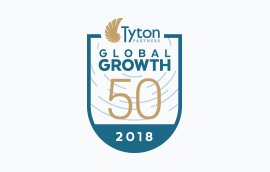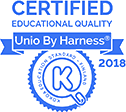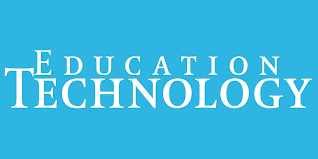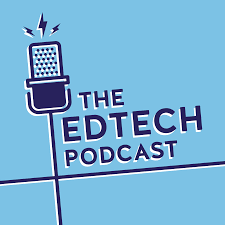Finland has become synonymous with great education — and for good reason. Finnish students are among the most engaged and high-achieving in the entire world.
They have been ranked as the best readers in the world, and they’ve also led the globe in maths and science.
Yet, on average, they spend fewer hours at school each day and less time in their classrooms than their American and British counterparts. Where does all that extra time go?

One big secret to Finnish teacher success is investing more time in building curriculums, evaluating student success, and considering which tools will maximise engagement. They’re increasingly integrating EdTech into their classrooms, but if one tool fails, they immediately reevaluate and try something else.
Finnish teachers use evaluation sources like the Kokoa Education Standard to ensure that the tools they use will have a real impact in their classrooms.
Based on Finnish pedagogical knowledge and engaging learning model, Kokoa uses a rigorously scientific methodology to evaluate the pedagogical design of EdTech tools from the perspective of educational psychology. The unique method was developed in collaboration with educational researchers Lauri Hietajärvi and Erika Maksniemi of the University of Helsinki in the Department of Education.
Engaging Learning: The Evaluation Framework
The Kokoa framework is based upon a model of engaging learning, defining a tool’s learning goals, pedagogical approach, and engagement factors. Each tool undergoes a precise evaluation and rating by two professional Finnish pedagogists with master’s degrees in education. Their work is then validated by a third to ensure accuracy.
Learning goals are mapped against the curriculums of several nations, as well as Kokoa’s proprietary database of skills recognised globally as the most desirable to be learned. These skills can include innovation, information and technology, life and career skills, as well as classical classroom topics like math and reading.
The pedagogical approach analysis is an in-depth look at how the tool supports the learning of various skills. The evaluators consider how a tool balances practices in the following concept pairs: individual vs. collaborative, active vs. passive, rehearse vs. construct, and linear vs. non-linear.
Finally, the learning engagement evaluation checks the level of interest that learners will have with the tool, including interactivity and motivation. It’s also a gauge of how easy a tool is to use for both students and teachers.

EdTech for Interactive Classrooms
Only the very best EdTech products meet Finland’s robust standards.
We’re proud that one of the most recent products to score highly with Kokoa is Unio.
Unio lets teachers display interactive lessons directly on student devices. Because of its ability to consistently challenge and engage students, Kokoa rated Unio’s pedagogical approach at 94%.
Designed for students of any age, Unio offers a real time view of student progress and the chance to offer immediate feedback. UK teachers have been calling it “a one-stop shop for teaching and learning.”
Find out for yourself what Finnish teachers love about Unio with a free 45 day trial for your classroom.










